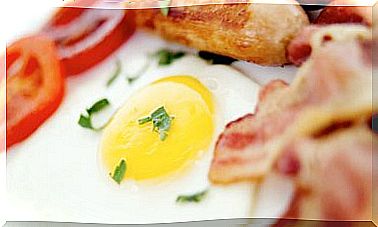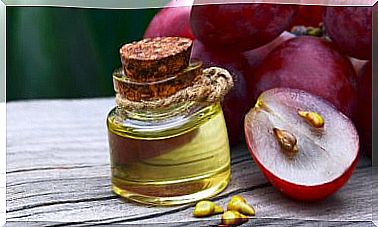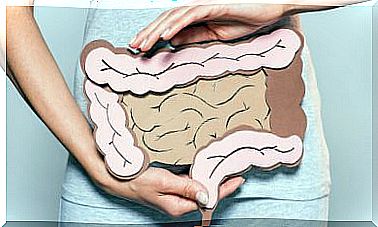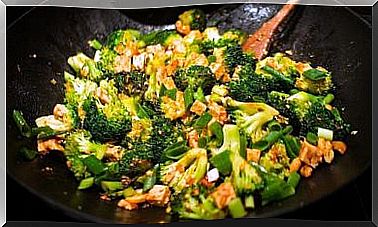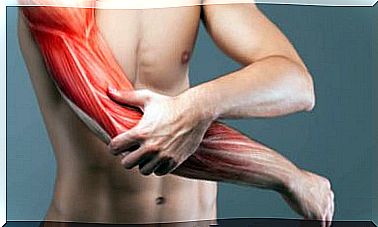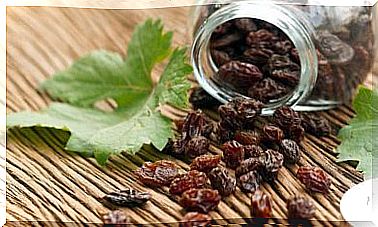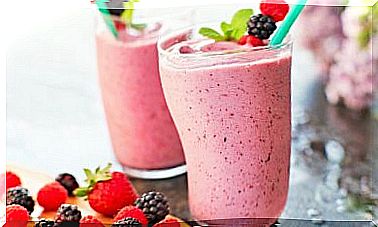8 Foods That Should Not Be Substituted For Apparently Similar Ones
At first we can think that there are some foods that are similar and, therefore, substitutable for each other. But the truth is that this is not always the case. Take note of these eight foods that should not be substituted for each other, even if they appear to be similar.
1. Foods that should not be substituted: turkey and chicken
They may seem very similar meats, but the truth is that they are not so similar and they are not substitutable for each other. In this sense, turkey meat contains fewer calories, cholesterol and saturated fat than chicken.
Keep in mind that turkey is a completely hypoallergenic type of meat. Its meat is much easier to digest and its nutrients are absorbed much easier and faster.
In addition, this type of meat contains more vitamins A, B, E, phosphorus, calcium and sodium than chicken, something that is also reflected in its preparation, which will require less salt. The only downside to turkey is its price, as chicken is cheaper.
2. Beef and veal
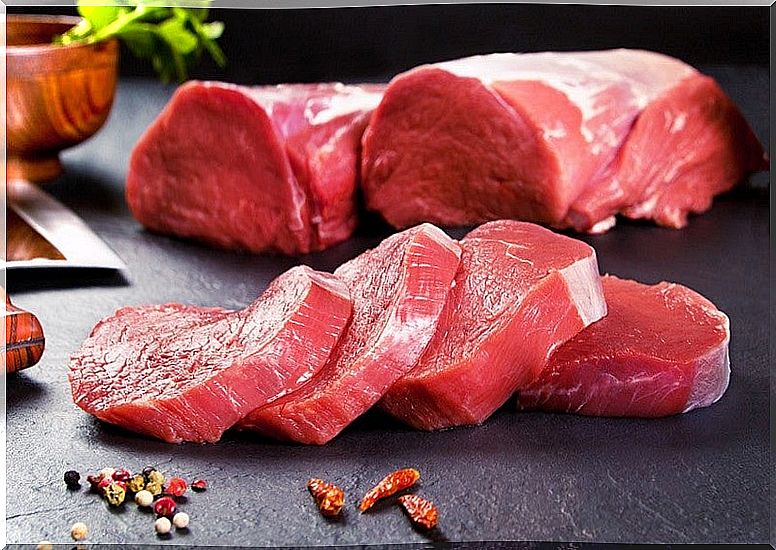
Although we usually associate beef with veal, the truth is that they are not the same. Veal is another food that should not be substituted because it contains more protein than beef.
It is also healthier, as it contains less fat and its energy value is notably lower. In addition, veal has 98 calories per 100 grams and beef 218.
3. Cauliflower and broccoli
Cauliflower and broccoli are also often confused. Although both belong to the cruciferous family, broccoli has a much higher nutritional value than cauliflower.
Broccoli contains more vitamins A, C, K, but also more calories than cauliflower. It is a vegetable that offers a more intense flavor and which, in turn, serves to better satisfy hunger.
4. Olive and sunflower oil
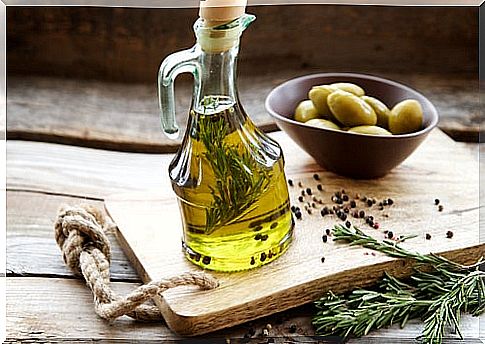
Sunflower oil and olive oil may also seem, a priori, similar products, but the truth is that they are not. Both oils have important differences :
- Sunflower oil is cheaper than olive oil.
- Extra virgin olive oil resists more without decomposing the high temperatures when frying and generates fewer chemicals.
- In terms of calories, they are very similar.
- In olive oil we find phytosterols, which block the accumulation of cholesterol.
5. Bulgur and couscous
Such is the confusion between both dishes that for many they are the same, but bulgur and couscous have little or nothing to do with each other. Although both are made from wheat, the difference is in its processing.
- Couscous is made from the grains crumbled to the size of semolina. Then it is sprinkled with water and coated in flour.
- In the case of bulgur, the grains are steamed and then shredded. The advantage is that this way the wheat conserves more nutrients and vitamins.
6. Tangerines and oranges
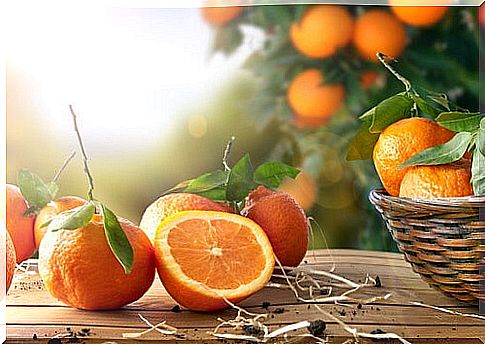
Very similar, however, they are also foods that should not be substituted. Although they are both citrus fruits, tangerines and oranges do not have the same nutrients.
- Oranges contain more vitamins (A, B, C, E, K) and also more retinol than mandarins.
- Tangerines have a sweeter taste. This is because they contain more sugar. Therefore, those people who do not want to eat a lot of sugar are better off opting for oranges.
7. Black pepper and red paprika
On the one hand we find the grains of black pepper that are fruits of a climbing perennial plant. For its part, red paprika is spicier than black pepper.
Thus, red pepper is better not taken by people with gastrointestinal tract problems. However, they can opt for black pepper, which is less spicy and has an exquisite aroma for their dishes. In addition, black pepper has a much lower caloric intake.
8. Trout and salmon
More foods that should not be substituted. The color of their meat can be confusing, however, trout and salmon have differentiating characteristics.
Salmon is richer in omega 3, potassium and selenium, an antioxidant. On the other hand, trout has more calcium, phosphorus and vitamin A.

